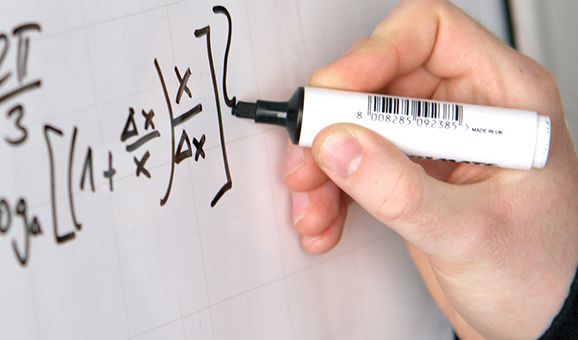| Category | Content |
|---|---|
| Module denotation | Continuum Mechanics |
|
Credit points and amount of work |
6 180 hours |
| Responsible for module |
Faculty of Mechanical Engineering and Marine Technology Chair of Ship Structures |
| Contact | Employees at Chair of Ship Structures |
| Language | English |
| Admission restriction | Non |
| Module level | Master |
| Mandatory participation restriction | Non |
| Recommended participation restriction | Basic knowledge of Engineering Mechanics with respect to Statics, Dynamics and Mechanics of Materials. Fundamentals in Mathematics with respect to Analysis, Linear Algebra and Geometry as well as Differential Equations and Multivariable Calculus. Basic knowledge to analyse structural components of marine structures. Fundamentals of Finite Element Method and its application to solve linear and nonlinear structural problems. Fundamentals of Ship and Offshore Structures as well as Ship Design. |
| Assignment (Curricula) | M.Sc. Sustainable Maritime Engineering |
| Relationship to other professional modules | |
| Duration of module | 1 Semester |
| Term of module | Every winter semester |
| Educational objectives (expertise) | Students understand the fundamentals of continuum mechanics to solve mathematically described physical problems for engineering applications. In continuum theory the discrete structure of materials is neglected but assumed to be indefinitely divisible. For such a continuum the field variables can be described as continuous functions. Therefore, the development of mathematical formulations for kinematics, forces and stresses as well as constitutive equations are of main importance. Students use strain tensors to describe the deformation of bodies for large displacements and rotations. They investigate stress tensors to describe the true stress state within a reference configuration. The relation between the stresses and deformation theories is given by the constitutive equations. Students apply plasticity formulations to describe the behavior of isotropic materials use for marine structures. Different boundary value problems respectively its ”weak formulation” are introduce and students can transfer analytical formulations to the concept of the finite element method. |
| Content |
1. Introduction to Tensors 2. Kinematics 3. Forces and Stresses 4. Constitutive Equations 5. Plasticity Formulations 6. Finite Element Formulations |
| Literature |
- Lecture Notes - Reddy, J.N. ”An Introduction to Continuum Mechanics” 2nd ed., Cambridge University Press, 2013. |
| Lecture hours per week per semester (SWS) |
Lecture 2 SWS Seminar 2 SWS Total 4 SWS * If no further information is given, read the notes carefully. |
| Lecture 1 | Lecture / Continuum Mechanics |
| Lecture 2 | Seminar / Continuum Mechanics |
| Learning | Study of subject related literature, Exercises, Recapitulation of lecture notes |
| Amount of work for students |
Attendence 60 hrs. Preparation for lecture notes and seminars 20 hrs. Recapitulation of lecture notes 50 hrs. Exercises 20 hrs. Preparation for exam 30 hrs. Total 180 hrs. * If no further information is given, read the notes carefully. |
|
Prerequisites for exam |
3 Exercises Announcement latest during the second week of lectures. |
| Examination/Requirement for successful termination of the module (type and duration) |
Oral exam (30 Minutes) or written exam (180 Minutes) Announcement of exam format latest during the second week of lectures. |
| Appointment for exam |
Appointment for exam as given by specific study and examination regulations. |
| Assessment of exam |
Assessment of exam as given by specific study and examination regulations. |
| Notes |
Oral examinations are offered in English or German. Written examinations are only offered in English. The examinations take place in-person or online. In accordance with the General Examination Regulations (RPO), the written examination can also be taken as a multiple-choice examination, e-examination or home examination. The type of examination must be announced by the examiner in the second week of lectures at the latest. |
| Date of latest modifications | |
| Editor | |
| Module number | 1552400 |
| Status | Development phase |
| Version | Alpha |

